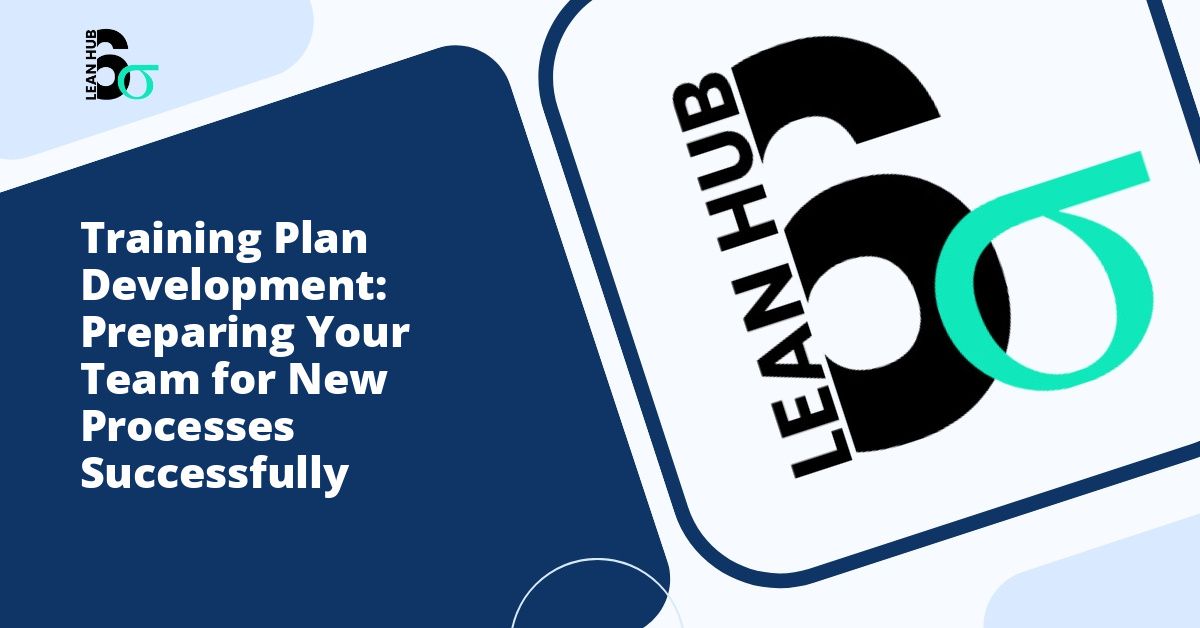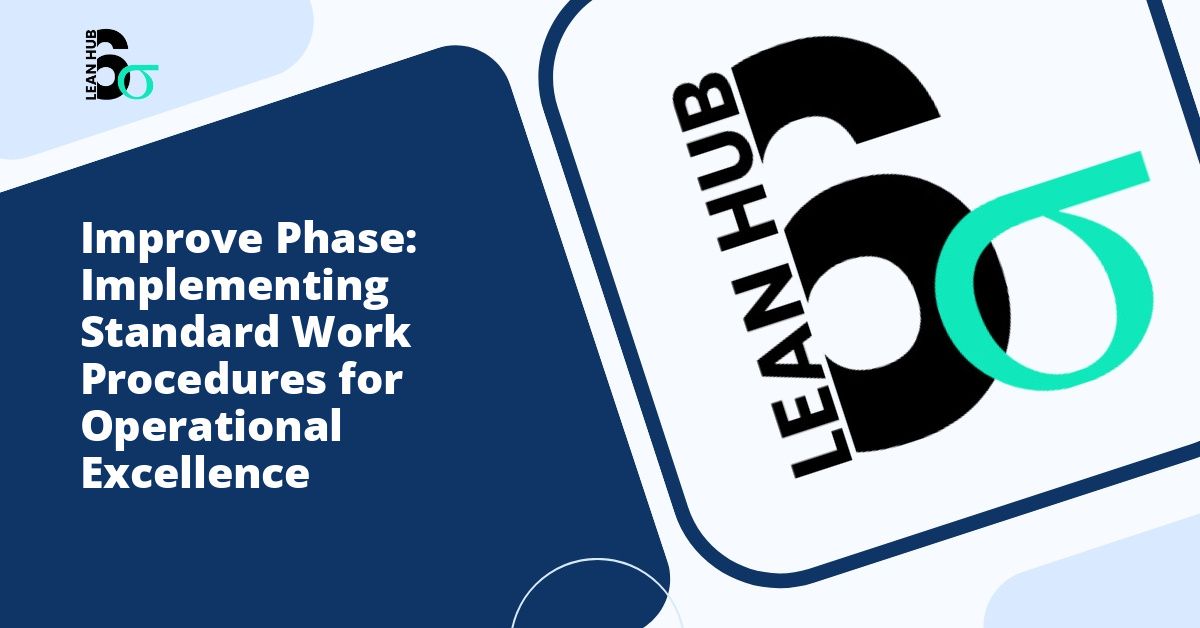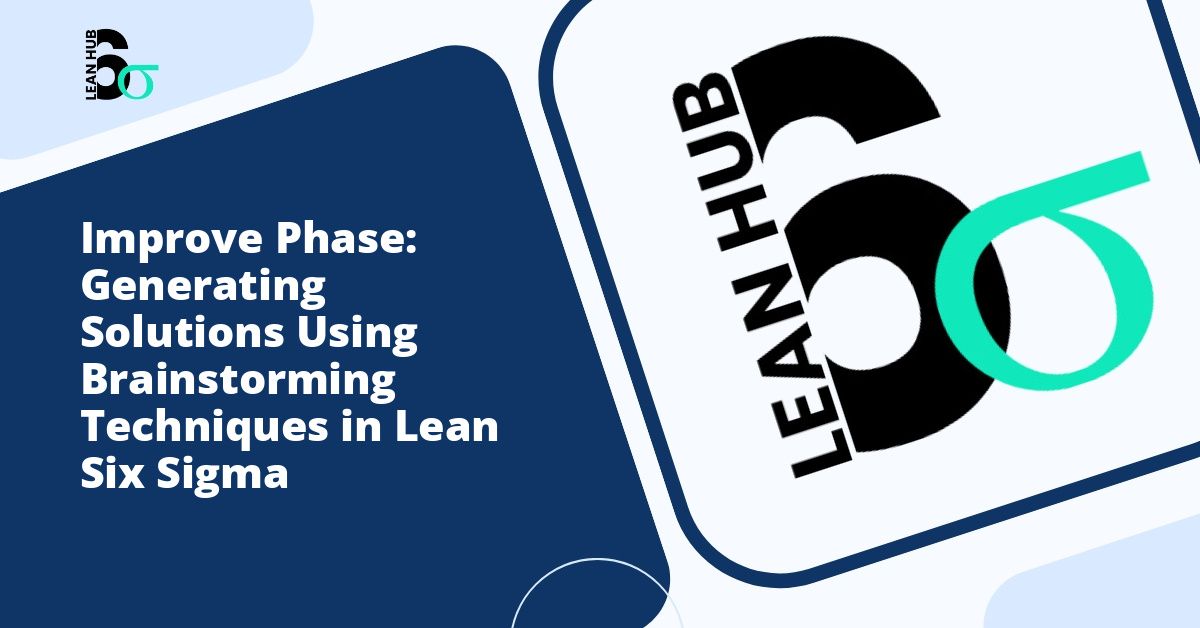In today’s rapidly evolving business landscape, organizations must continuously adapt their processes to remain competitive and efficient. However, even the most well-designed processes will fail without proper team preparation and training. Developing a comprehensive training plan is essential for ensuring that your team can successfully implement new processes and achieve desired organizational outcomes.
This article explores the critical elements of training plan development, focusing on how to prepare your team effectively for new processes while incorporating proven methodologies such as lean six sigma principles and understanding the importance of the recognize phase in change management. You might also enjoy reading about Mistake-Proofing vs. Inspection: Why Prevention Beats Detection in Quality Management.
Understanding the Foundation of Effective Training Plans
A training plan serves as a roadmap that guides your organization through the process of skill development and knowledge transfer. Before diving into training development, it is crucial to understand what makes a training plan effective. The foundation rests on three pillars: clear objectives, thorough assessment of current capabilities, and alignment with organizational goals. You might also enjoy reading about Visual Management in Improve Phase: Making Process Performance Visible for Lasting Results.
When developing a training plan for new processes, you must first identify the gap between current competencies and required skills. This gap analysis helps determine the scope and depth of training needed. Additionally, considering your organization’s culture and learning preferences ensures that the training approach resonates with your team members and increases engagement. You might also enjoy reading about Changeover Reduction: Minimizing Downtime Between Different Products for Maximum Efficiency.
The Recognize Phase: Setting the Stage for Success
The recognize phase represents a critical starting point in any training initiative. During this phase, leadership and team members acknowledge the need for change and understand why new processes are being implemented. Without proper recognition of the need for change, even the most comprehensive training programs will face resistance and limited adoption.
The recognize phase involves several key activities. First, communicate the business case for the new processes clearly and transparently. Explain how these changes will benefit both the organization and individual team members. Second, identify potential champions within your team who can advocate for the new processes and serve as peer mentors during implementation.
During the recognize phase, gather input from team members about their concerns, questions, and suggestions. This participatory approach not only provides valuable insights for training plan development but also increases buy-in and reduces resistance to change. When people feel heard and involved in the process, they are more likely to embrace new ways of working.
Incorporating Lean Six Sigma Principles into Training Development
Lean six sigma methodology offers valuable principles that can enhance your training plan development. At its core, lean six sigma focuses on eliminating waste, reducing variation, and improving quality through data-driven decision making. These same principles can be applied to create more efficient and effective training programs.
When applying lean six sigma to training plan development, start by defining what success looks like. Establish measurable objectives that align with your organizational goals. These might include specific performance metrics, error reduction targets, or efficiency improvements. Having clear, quantifiable goals allows you to assess training effectiveness and make necessary adjustments.
The lean six sigma approach also emphasizes understanding the current state before implementing changes. Conduct a thorough analysis of existing processes, competencies, and performance levels. This baseline data will help you design targeted training interventions and measure improvement over time. Additionally, use data to identify which aspects of the new process require the most attention and allocate training resources accordingly.
Designing a Comprehensive Training Curriculum
With a solid foundation and clear understanding of the recognize phase and lean six sigma principles, you can begin designing your training curriculum. A comprehensive curriculum should address multiple learning styles and offer various delivery methods to maximize effectiveness.
Start by breaking down the new process into manageable components. Each component should have specific learning objectives and measurable outcomes. Consider organizing content in a logical sequence that builds upon foundational knowledge and progressively introduces more complex concepts.
Essential Components of Your Training Curriculum
- Theoretical Knowledge: Provide background information about why the new process was developed and how it fits into the broader organizational strategy.
- Practical Skills: Include hands-on exercises and simulations that allow team members to practice new skills in a safe environment.
- Process Documentation: Offer detailed reference materials, standard operating procedures, and quick-reference guides that team members can consult during and after training.
- Assessment Methods: Implement checkpoints throughout the training to evaluate understanding and identify areas requiring additional support.
- Continuous Improvement: Build mechanisms for gathering feedback and refining the training program based on participant experiences and performance outcomes.
Selecting Appropriate Training Methods and Tools
The effectiveness of your training plan depends heavily on selecting appropriate delivery methods that match your team’s needs and learning preferences. Modern training approaches often combine multiple methods to create a blended learning experience that maximizes engagement and retention.
Instructor-led training remains valuable for complex processes requiring detailed explanation and immediate feedback. These sessions facilitate discussion, allow for real-time questions, and create opportunities for team building. However, they should be complemented with other approaches to reinforce learning and accommodate different schedules and learning styles.
E-learning modules offer flexibility and consistency, allowing team members to learn at their own pace while ensuring everyone receives the same core information. Interactive elements such as quizzes, videos, and simulations can make online training more engaging and effective. Consider developing microlearning content that presents information in small, focused segments that are easier to digest and remember.
On-the-job training and mentorship programs provide invaluable practical experience. Pairing less experienced team members with skilled practitioners allows for knowledge transfer in the actual work environment. This approach helps bridge the gap between theoretical understanding and practical application while building stronger team relationships.
Creating a Realistic Implementation Timeline
Developing a realistic timeline for training implementation is crucial for success. Rushing through training leads to gaps in understanding and poor adoption of new processes, while extending training unnecessarily can lead to fatigue and reduced productivity.
Consider your team’s current workload and operational demands when scheduling training sessions. Avoid planning intensive training during peak business periods when team members are already stretched thin. Build in adequate time between training sessions for practice, reflection, and questions to arise.
Phase your training rollout strategically. You might begin with a pilot group that receives training first and provides feedback before rolling out to the broader team. This approach allows you to identify and address issues early while creating a group of experienced practitioners who can support subsequent training cohorts.
Measuring Training Effectiveness and Making Adjustments
A training plan should include robust mechanisms for measuring effectiveness and identifying areas for improvement. Establish both short-term and long-term metrics that assess knowledge acquisition, skill development, and actual performance improvement.
Immediate post-training assessments help verify that participants understood key concepts and can demonstrate required skills. However, true training effectiveness becomes apparent over time as team members apply new processes in their daily work. Monitor performance metrics, error rates, and efficiency indicators to evaluate whether training objectives are being achieved.
Gather qualitative feedback through surveys, focus groups, and one-on-one conversations. Ask team members about their confidence levels, challenges they are facing, and suggestions for additional support. This feedback informs necessary adjustments to training content, delivery methods, or follow-up support.
Providing Ongoing Support and Reinforcement
Training should not end when the formal program concludes. Successful process implementation requires ongoing support and reinforcement to ensure that new behaviors become habitual and new processes become embedded in organizational culture.
Establish clear channels for team members to ask questions and seek clarification as they encounter challenges. This might include regular office hours with subject matter experts, dedicated communication channels, or peer support networks. Make sure help is readily accessible when team members need it most.
Create opportunities for refresher training and advanced skill development. As team members become more comfortable with basic processes, they may be ready to learn optimization techniques or take on more complex responsibilities. Continuous learning opportunities demonstrate organizational commitment to professional development and help maintain engagement.
Conclusion
Developing a comprehensive training plan is essential for preparing your team to successfully implement new processes. By grounding your approach in the recognize phase, incorporating lean six sigma principles, and designing a curriculum that addresses diverse learning needs, you create the conditions for lasting change and improved performance.
Remember that effective training is an ongoing journey rather than a one-time event. By measuring results, gathering feedback, and continuously refining your approach, you ensure that your training plan evolves to meet changing needs and delivers sustained value to your organization. Invest the time and resources necessary to prepare your team properly, and you will see significant returns in the form of improved efficiency, quality, and employee confidence.








